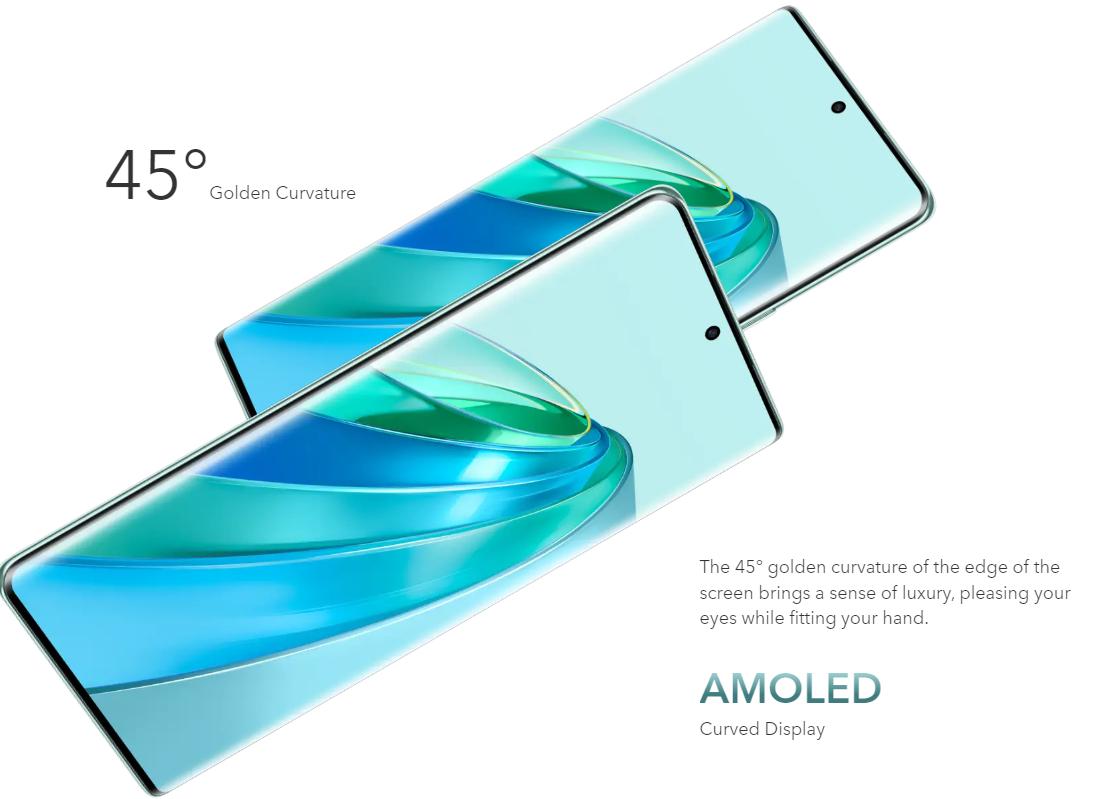Exploring the Difference Between AMOLED and OLED for Smartphones
In the realm of smartphone displays, AMOLED and OLED technologies have emerged as two prominent contenders, each offering unique features and advantages. While both share similarities in their underlying principles, there are distinct differences that set them apart. In this article, we will delve into the disparities between AMOLED (Active Matrix Organic Light-Emitting Diode) and OLED (Organic Light-Emitting Diode) displays for smartphones, examining their characteristics, benefits, and how they impact the user experience.
Understanding OLED Displays
OLED displays utilize organic compounds that emit light when an electric current is applied. OLED displays feature self-emissive pixels that generate their own light. This allows for deeper blacks, vibrant colors, and higher contrast ratios, resulting in stunning image quality and improved energy efficiency.
Understanding AMOLED Displays
AMOLED displays, an advanced iteration of OLED technology, incorporate an additional layer of thin-film transistors (TFTs) arranged in an active matrix formation. This "active matrix" configuration enables individual pixels to be controlled more precisely, resulting in improved response times, enhanced color accuracy, and greater flexibility in display design.The HONOR X9a gets AMOLED Curved Display, which is a Great Leap with Strength. AMOLED displays retain all the benefits of OLED technology while offering additional performance enhancements.

Differences Between AMOLED and OLED Displays
1. Construction: The primary difference between AMOLED and OLED displays lies in their construction. While OLED displays consist of organic compounds sandwiched between two electrodes, AMOLED displays incorporate an additional layer of thin-film transistors (TFTs) for improved pixel control and performance.
2. Pixel Control: AMOLED displays offer more precise control over individual pixels, thanks to the active matrix arrangement of thin-film transistors. This results in sharper images, smoother motion, and better color accuracy compared to traditional OLED displays.
3. Power Efficiency: Both OLED and AMOLED displays are known for their energy-efficient design, as they only consume power when emitting light. However, AMOLED displays may offer slight improvements in power efficiency due to their active matrix configuration, which enables more efficient pixel control and management.
4. Cost: AMOLED displays tend to be more expensive to manufacture compared to traditional OLED displays due to the additional layer of thin-film transistors. As a result, smartphones equipped with AMOLED displays may command a higher price tag compared to those with standard OLED displays.
Benefits of AMOLED and OLED Displays
1. Vibrant Colors: Both AMOLED and OLED displays offer vibrant colors and deep blacks, resulting in stunning image quality and immersive viewing experiences.
2. High Contrast Ratios: The self-emissive nature of OLED and AMOLED displays allows for high contrast ratios, enhancing the clarity and detail of on-screen content.
3. Energy Efficiency: OLED and AMOLED displays consume less power compared to traditional LCD screens, as they do not require a backlight to illuminate pixels. This results in improved battery life and energy efficiency.
Conclusion
In conclusion, while both AMOLED and OLED displays offer exceptional image quality and energy efficiency, AMOLED displays boast additional performance enhancements thanks to their active matrix configuration. With sharper images, smoother motion, and improved color accuracy, AMOLED displays provide an immersive viewing experience that enhances the overall user experience. Whether you opt for a smartphone with an AMOLED or OLED display, both technologies offer impressive benefits that elevate the quality of on-screen content and contribute to a more enjoyable and immersive smartphone experience.